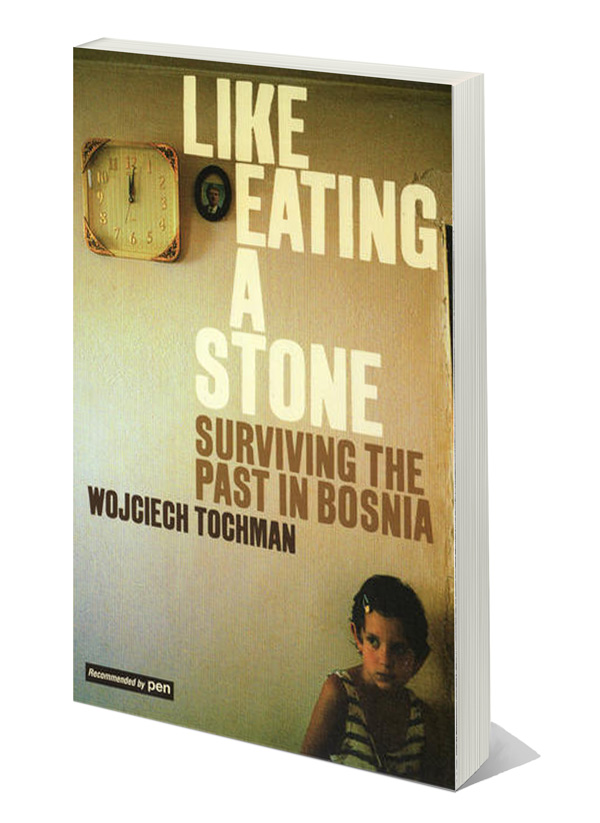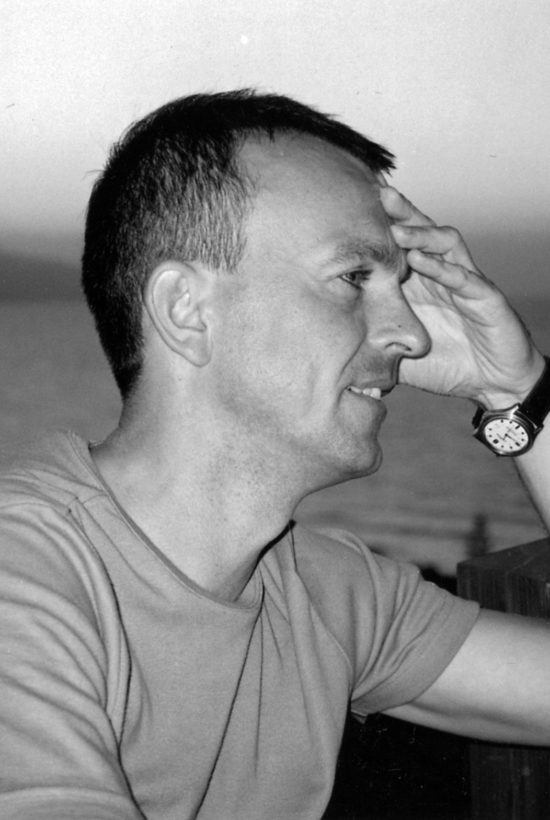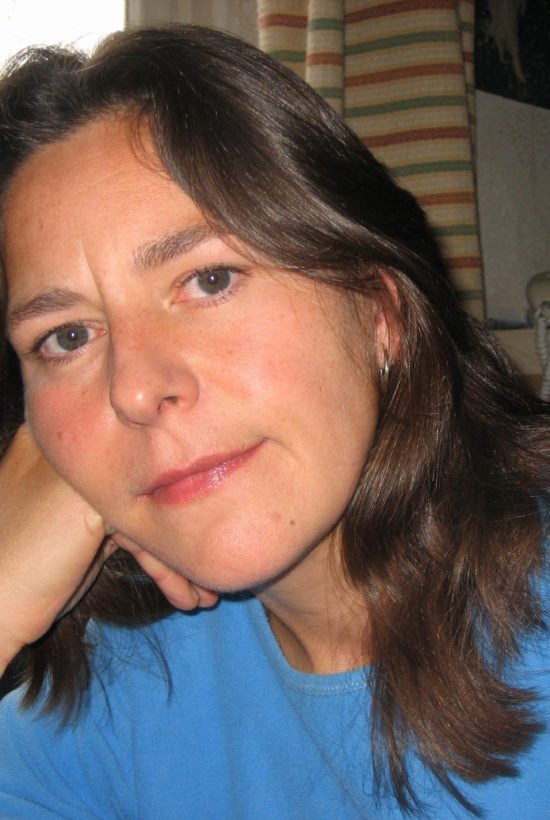
During four years of war in Bosnia, over 100,000 people lost their lives. But it was months, even years, before the mass graves started to yield up their dead and the process of identification, burial and mourning could begin. For many, the waiting, the searching and the suspended grieving still continue. We travel through the ravaged post-war landscape in the company of some of those who survived, as they visit the scenes of their loss: a hall where the clothing of victims is displayed; an underground cave with its pale jumble of bones; a camp for homeless refugees; a city now abandoned to the ghosts of painful memories; a funeral service where a family finally says goodbye. These encounters are snapshots and memorials, capturing a community still flinching from its raw and recent past, not yet able to believe in the possibility of a peaceful future.

